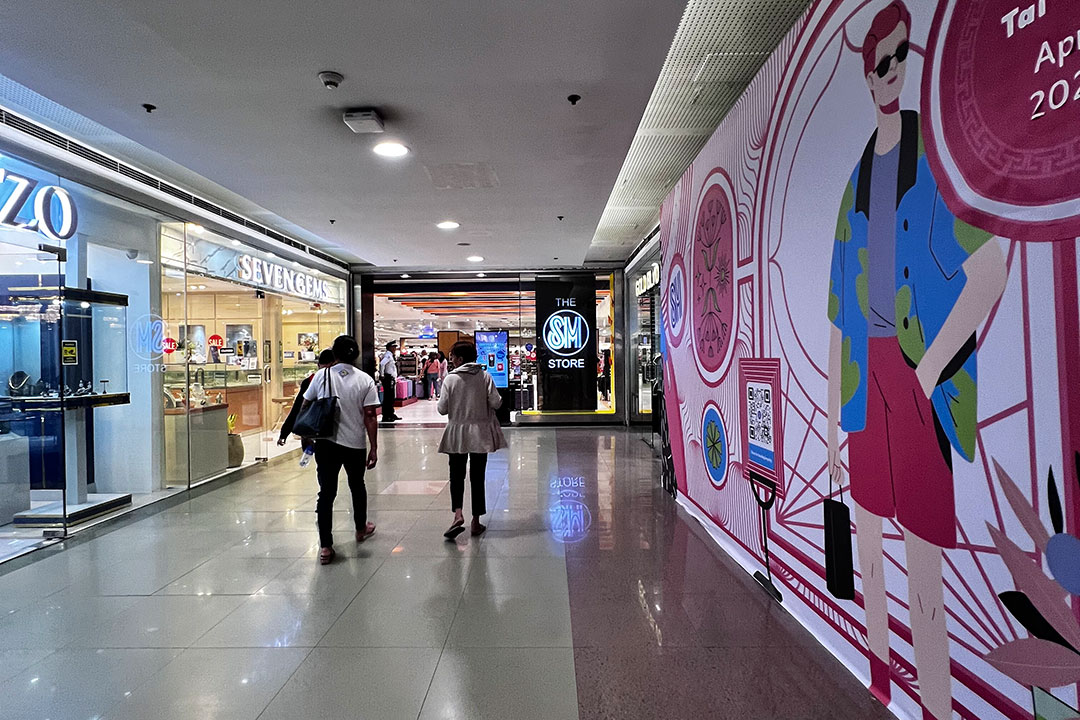MAP Insights
By Amando M. Tetangco, Jr.

At the open forum of the recent Annual Stockholders’ Meeting of SM Investments Corp. held on April 30 at the Conrad Hotel in SM MOA, I was asked what I believed to be question of the day, if not the question of the year: “What would be the effects of the US tariffs on the company?”
I understood the genuine concern as the ripple effects of the new US policy were being felt on a global scale, not sparing even their staunch allies like the Philippines. It was important to analyze its possible repercussions against the backdrop of the Philippines’ own economic structure in recent years, and to understand not only how a company like SM can weather the headwinds of such a policy but also why the Philippines might be in a better position to rise up to the challenge.
The Philippine economy continues to post sound macroeconomic fundamentals in terms of continued GDP (Gross Domestic Product) growth, declining inflation and robust demand that is supported by resilient remittances.
The good news is inflation has been on a steady decline. The last figure was 1.4% in April from 1.8% in March. Notably, this is the lowest inflation rate since November 2019, which was 1.2%, thus bringing the national average inflation rate in the four-month period to 2%.
If we look closely at the structure of the economy, consumption accounts for over 70% of GDP. Manufacturing accounts for less than 20% of GDP. Trade with the US accounts for 17% of the Philippines’ total goods exports. A large part of the country’s dollar earnings come from services, like business process outsourcing and remittances, which are not subject to goods tariffs. This structure gives us a certain degree of protection, making us less vulnerable. We may be less open than other countries, but in this current environment, it provides us some insulation from potential adverse effects coming from external developments.
At SM, we remain conscious that the environment is changing and we should be alert to the changes, both in terms of what is happening on the trade side as well as what is happening in the markets that we serve.
Generally, to be resilient, we need to be flexible in shifting conditions and protecting long-term growth.
An article by Dunigan O’Keeffe, Karen Harris, and Austin Kimson in the Harvard Business Review pointed out that to succeed in an era of volatility, we need to invest in prediction, adaptability, and resilience. The article explored how vulnerable businesses can become when strategic foresight and operational flexibility are low on the list of priorities for boards and leadership teams. In order to tackle challenges, we need to factor in prediction, or the capability to generate beliefs about the future of our industry with enough precision and conviction to create opportunities for competitive advantage; secondly, adaptability, which means changing the business faster than competitors are changing; and lastly, resilience, where companies with superior resilience survive shocks better than their competitors do. This requires pressure-testing chosen strategies and business models.
In the case of SM, the core businesses — retail, banking, and property — are closely tied to the domestic economy and the everyday needs of Filipinos. These sectors continue to show stability and relevance even as market conditions change.
As consumption patterns continue to evolve, which form part of adaptability, we are positioning ourselves to meet new demands, while preserving the strengths that have anchored our group over the decades.
Our focus remains steadfast: to be agile and disciplined in our finances in order to stay well-positioned for sustainable long-term growth.
Amando M. Tetangco, Jr. was named the “MAP Management Person of the Year 2015” by the Management Association of the Philippines. He is the Chair of the SM Investments Corp. or SMIC.